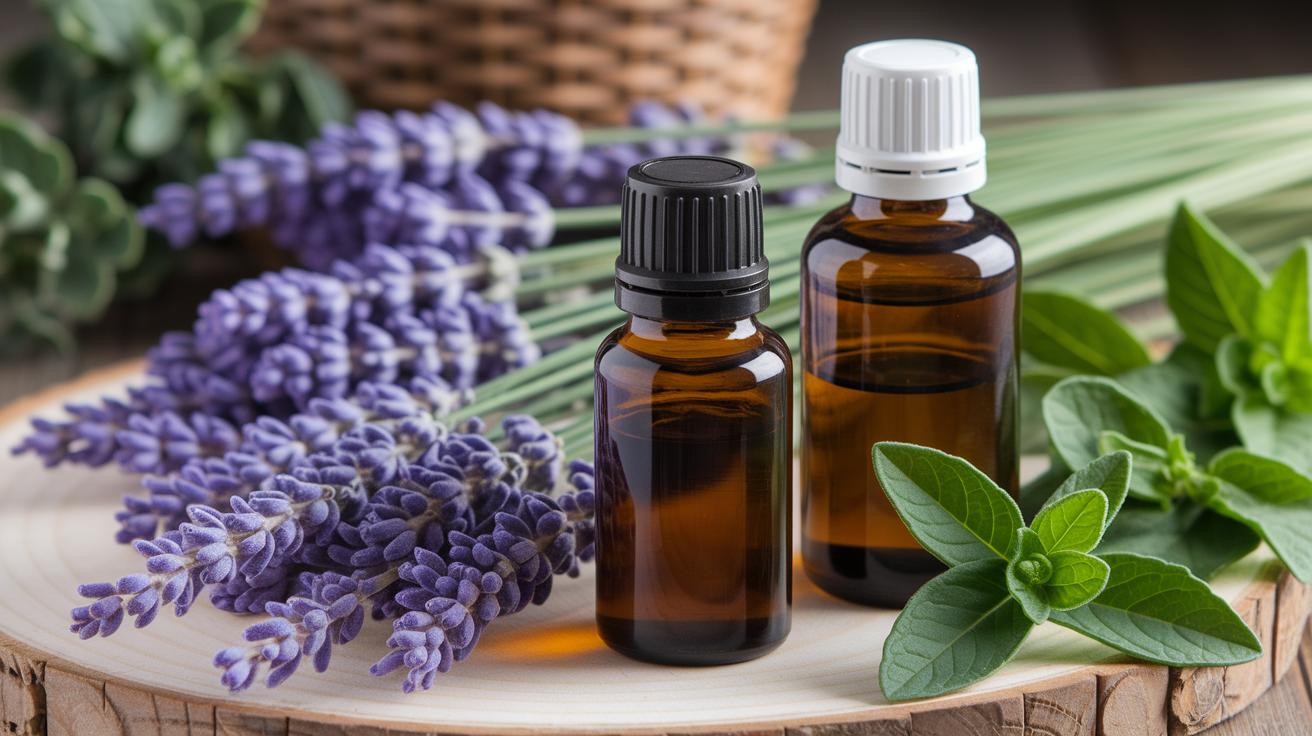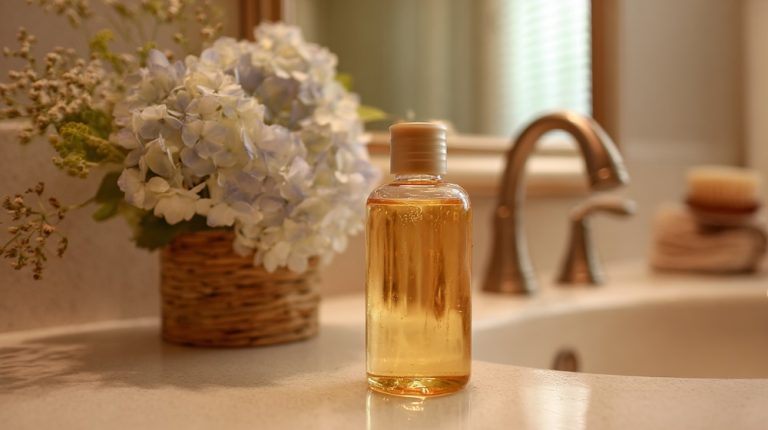5 non�toxic essential oils for Pure Health Benefits
Have you ever paused and wondered if that sweet lavender mist is really pure? Have you felt how a single breath can either soothe or stir your mind?
So many big brands slip in hidden fillers, pesticide residues, or leftover solvents. And we’re breathing that stuff all day. Um, not ideal.
But picture a single drop of pure peppermint oil (concentrated plant extract) drifting through your room like a silent waterfall. Or imagine frankincense oil (tree resin extract) filling the air with a warm, resinous hug. No chemical ghosts, just clean, uplifting aroma.
Next, we’ll share five truly non-toxic essential oils, chosen for their purity, safety, and real health perks. You can refill your diffuser with confidence from morning mist to bedtime lullaby.
Defining Non-Toxic Essential Oils: Purity, Safety, and Benefits
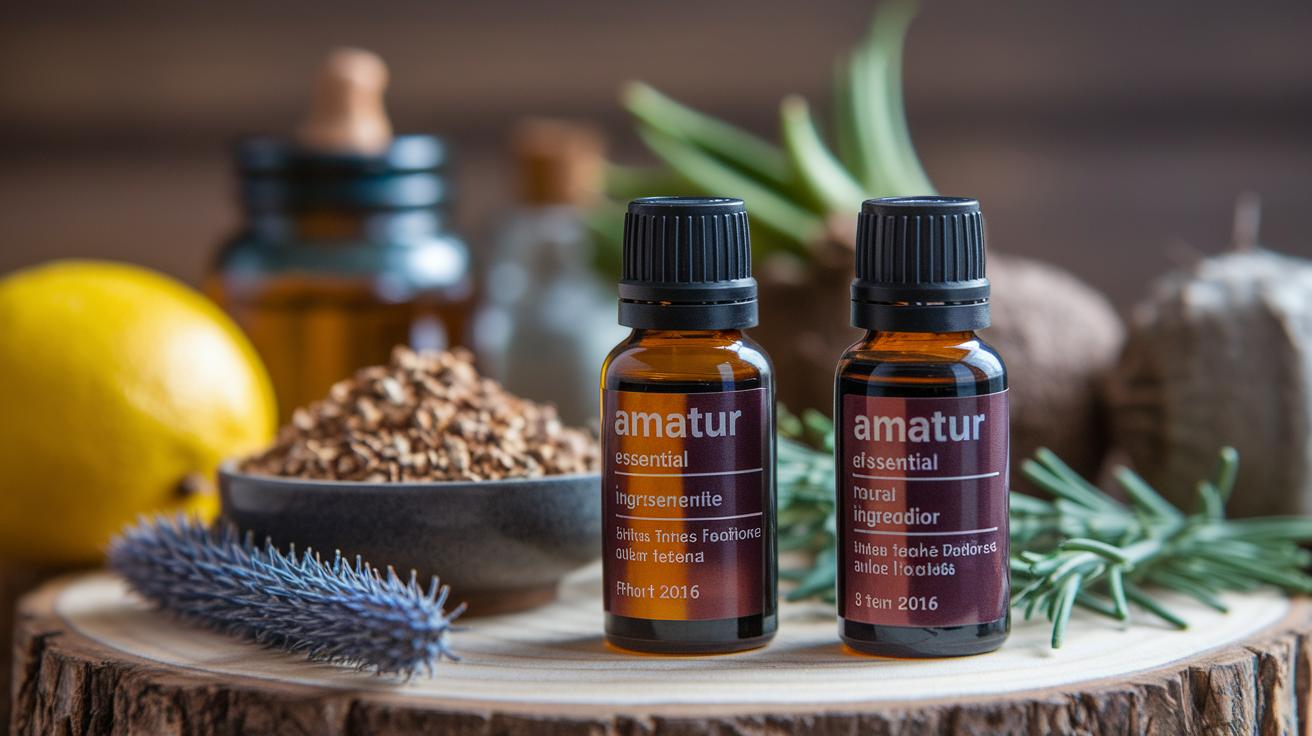
Non-toxic essential oils are pure plant extracts that come from organic, ethically made sources and contain no synthetic chemicals, fillers, pesticides, or harmful contaminants. This safe oil definition means you’re working with nothing but the natural volatile compounds of lavender, peppermint, or frankincense. When you choose non-toxic essential oils, you’re choosing a cleaner, greener path for your body and home.
In aromatherapy (learn more in What is Aromatherapy), non-toxic essential oils deliver undiluted aromas that help calm, focus, or uplift without harsh residues. You can also blend them with carrier oils for topical use, like a 3% lavender roll-on for bedtime, or add them to DIY household cleaners for a toxin-free sparkle on counters, floors, and fabrics. No weird chemical scent lingers on your skin or in the air.
By picking non-toxic essential oils, you tap into a bundle of benefits of safe oils: enhanced wellness through stress relief, cleaner surfaces without bleach or ammonia, and a pleasant home fragrance that’s totally free from nasty byproducts. You get therapeutic value and peace of mind, no booming headaches, no mystery ingredients, just the gentle mist of pure plant goodness supporting health and comfort every day.
Key Purity Criteria for Choosing Pure Non-Toxic Aromatics

Choosing pure aromatics sets the stage for safe, effective aromatherapy. You want oils that feel as natural as a garden breeze. Extraction matters. steam-distilled (how a fine mist delivers undiluted essential oils) and cold-pressed (how gentle pressure squeezes oils without heat) methods protect a plant’s true aroma. Clear labels with botanical (Latin) names, extraction style, origin, and batch numbers help you know exactly what you’re breathing. Every drop should carry the pure story of its source.
- Clear Extraction Methods
Choose steam-distilled or cold-pressed extracts to avoid solvents and keep the plant’s delicate compounds intact. - Clean Scent Profile
True oils smell like fresh blossoms, herbs, or woods, never perfumey or harsh. - Label Transparency
Look for botanical (Latin) names, extraction method, origin, and batch code for full traceability. - Skin Residue Check
A pure oil absorbs in seconds and never leaves a greasy film on your skin. - GC-MS Quality Reports
GC-MS (gas chromatography–mass spectrometry) lab results map each molecule and flag any unlisted additives. - Adulteration Detection
Certificates of analysis using methods like isotope ratio testing reveal fillers or synthetic scents.
Here’s a quick authenticity check you can do today:
- Scan the brand’s website for downloadable GC-MS quality reports, these lab charts show every molecule in your oil.
- Request batch-specific certificates of analysis that highlight any fillers or carriers.
- Do a simple residue test: if the oil soaks in fast and leaves no film, it’s likely pure.
- Trust your senses, real lavender should smell soft, green, and herbaceous, not sharp or chemical.
Have you noticed how a single drop of pure oil ripples calm through a busy room? Use this checklist to choose aromatics that truly honor nature’s scent.
Understanding Contaminant Risks: Toxic vs. Safe Aromatherapy Oils
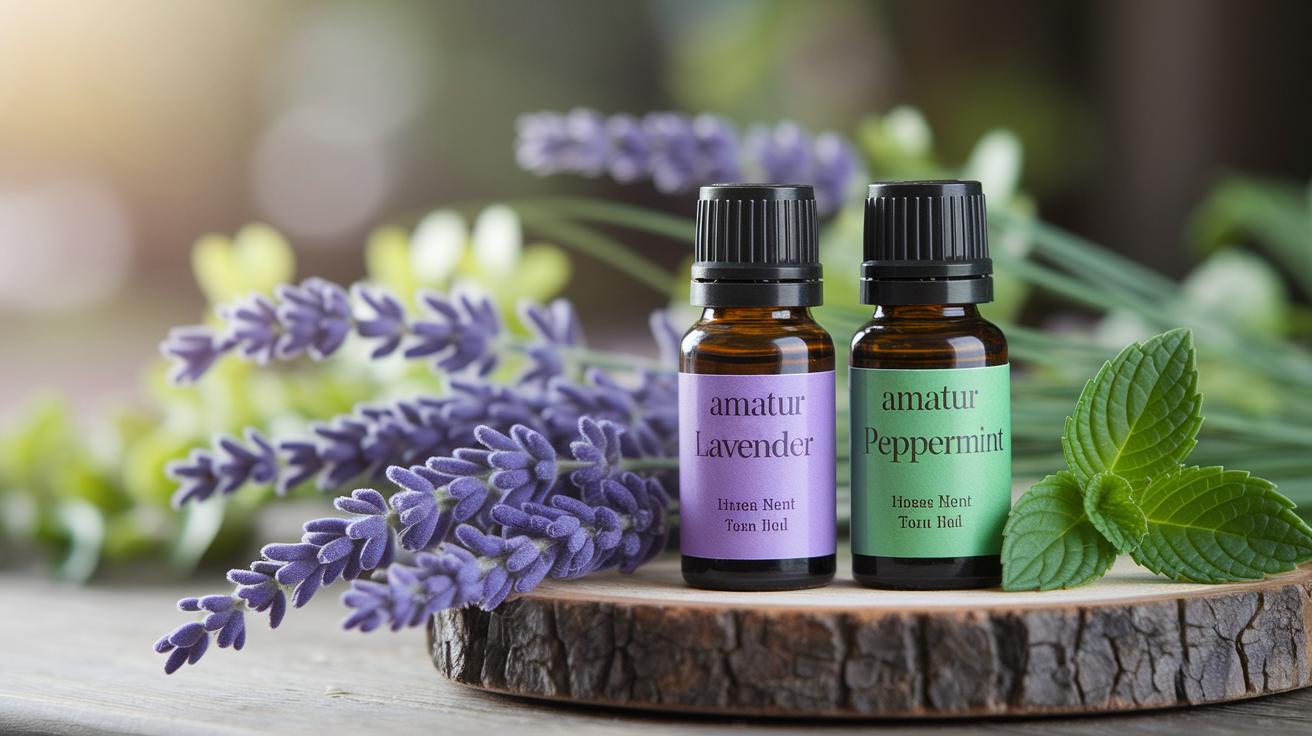
Have you ever wondered what’s really swirling in that soft lavender mist? In one EPA-certified study, phthalates (chemicals that can mess with your hormones) showed up in every single sample of 22 lavender and peppermint oils, ranging from just 40 parts per billion (ppb) to more than 13,000 ppb. Those sneaky contaminants drift into your air, tickle your hormone systems, and can nudge your endocrine signals off track. Over time, breathing in these tiny intruders links to chronic inflammation and other health issues.
So what’s the difference when you compare toxic oils with safe ones? Clean aromatherapy oils let you relax without any invisible threats hanging in the mist.
Next, before you hit “buy,” give that ingredient list a close look. Trustworthy, non-toxic brands avoid synthetic additives and never hide behind fragrance blends or petrochemical leftovers. They source from certified organic farms that steer clear of pesticides and spell out every botanical by its Latin name, Lavandula angustifolia (the common lavender plant) and Mentha piperita (peppermint), plus any carrier oil. You can also peek at online reviews, read real customer experiences, and even find batch-specific GC-MS reports (gas chromatography–mass spectrometry, a test that shows exactly what’s inside) on brand sites. With that kind of transparency, you’re never guessing. You end up breathing in a pure aroma that soothes your senses, not one bobbing with hidden toxins.
Certifications and Ethical Practices for Non-Toxic Essential Oils
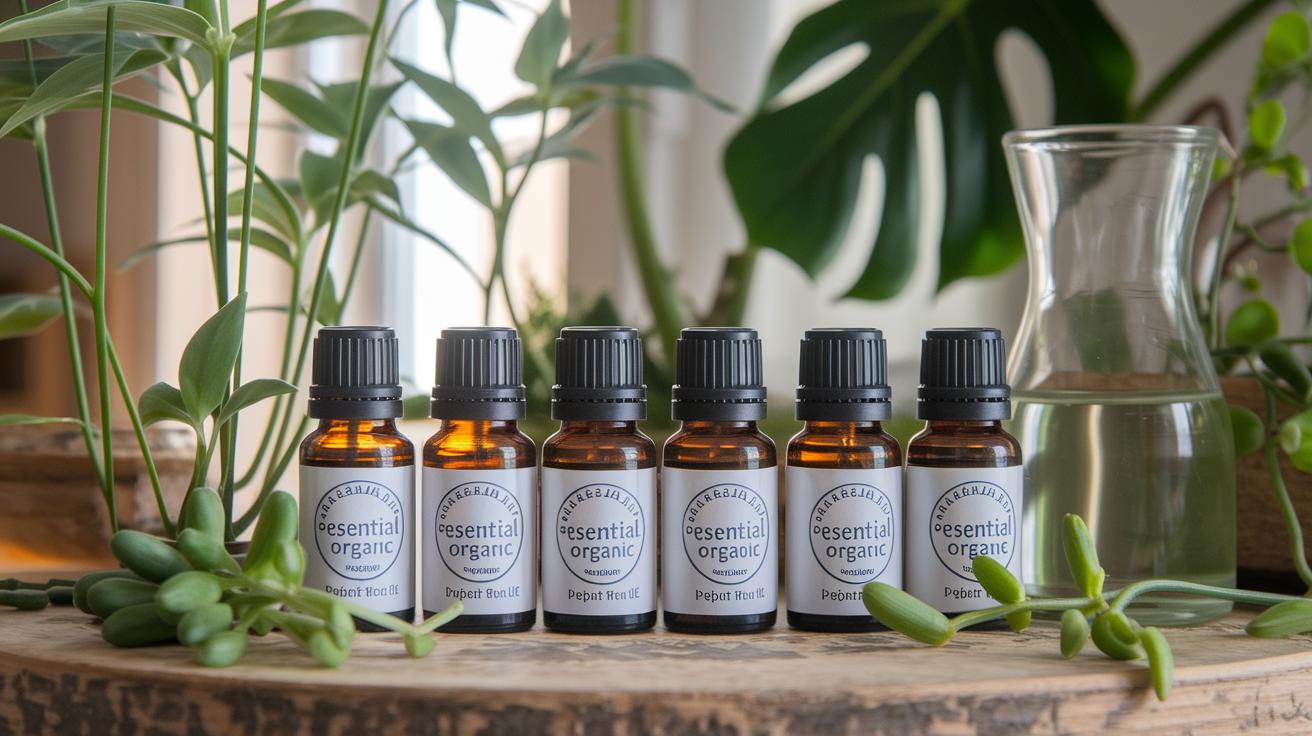
Have you ever held a bottle of essential oil and spotted that USDA Organic seal? It’s a promise from an independent expert (a third-party group checks every step) that no synthetic chemicals touched your lavender or peppermint. That seal lets you breathe easy, knowing each soft mist is free of hidden toxins. And fair-trade sourcing means farmers earn a fair wage for picking petals at dawn. By choosing wild-harvested (hand-gathered from its natural habitat) or sustainably farmed oils, you protect fragile ecosystems and honor traditional growing methods. Every drop becomes a ripple of respect for people and planet.
Next, clear standards come from trusted organizations. They make sure each drop meets strict rules before it reaches your diffuser:
- USDA Organic: no synthetic pesticides or fertilizers in crops
- Soil Association (UK): farms follow top organic criteria
- Carbon Neutral: all carbon from planting, distilling, and shipping is measured and offset
- Cruelty-Free International: no animal testing on raw oils or blends
- B Corporation: company performance meets global social and environmental standards
- Swiss bio-inspecta: confirms European farms follow organic practices
- Vegan Society: no animal-derived ingredients in any product
Then packaging and eco-projects add another green layer. Brands wrap oils in dark glass bottles that block UV light, use compostable labels, and seal with biodegradable caps. Many support community development, sustainable wild-harvesting, or power distilleries with solar and wind energy. It’s a full cycle of care – from seed to scent!
Top Non-Toxic Essential Oil Brands and Price Guidelines
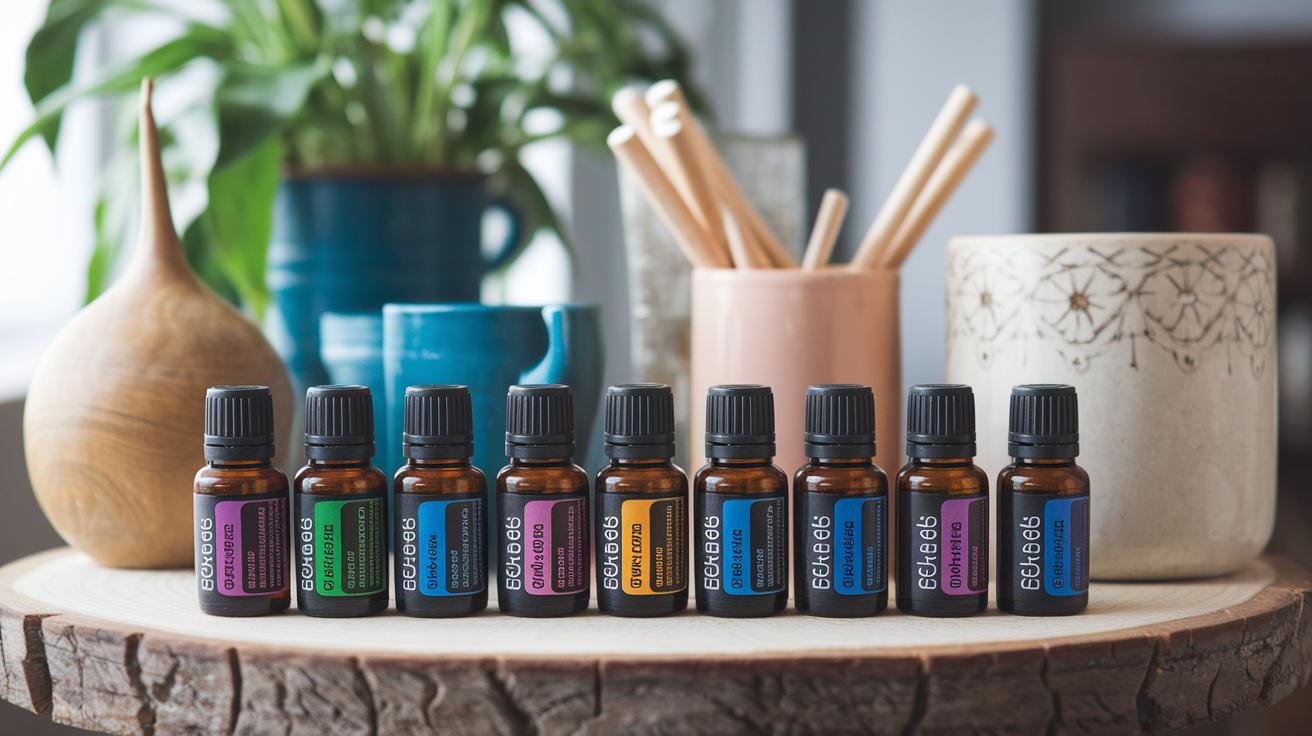
Pure plant aromas feel like a gentle breeze of color and calm, and you can find bottles starting around USD $5. Have you ever wondered why some oils cost more? Often the price reflects careful harvest practices, the type of extraction, and extra testing to prove purity.
Lower-cost oils might skip GC-MS reports (how we check oil quality) or skip key certifications. But savvy shoppers can still spot budget-friendly blends that carry USDA Organic or Swiss bio-inspecta badges. And that small price bump often supports fair wages, community projects, or renewable-energy distillation.
Next, compare the cost per milliliter before you buy. Divide the total price by the bottle size or drop count, some small bottles hide up to 200 drops. Um, it’s a simple trick to see which brands really stretch your dollar.
Then watch for trial sets, holiday bundles, or subscription deals during peak seasons. Those moments let you stock up on pure, joyful aromas without stretching your budget.
| Brand | Price Range | Certifications | Notes |
|---|---|---|---|
| Neal’s Yard Remedies | USD $8.00+ | 92% organic; CarbonNeutral® | Fair-trade; cruelty-free |
| Jade Bloom | USD $5.00+ | 100% pure; non-GMO | Audited farms worldwide |
| Aromatherapy Associates | USD $24.80+ | B Corp; renewable energy | Supports mental health charities |
| Plant Therapy | USD $7.95+ | USDA Organic; GC-MS reports | KidSafe® blends available |
| eResonance (Urbankissed) | USD $5.50+ | Swiss bio-inspecta | Carbon offset; women’s education |
| doTerra | USD $13.00+ | CPTG® | Community development focus |
Safe Usage Guidelines: Dilution, Carrier Oils, and Storage Tips
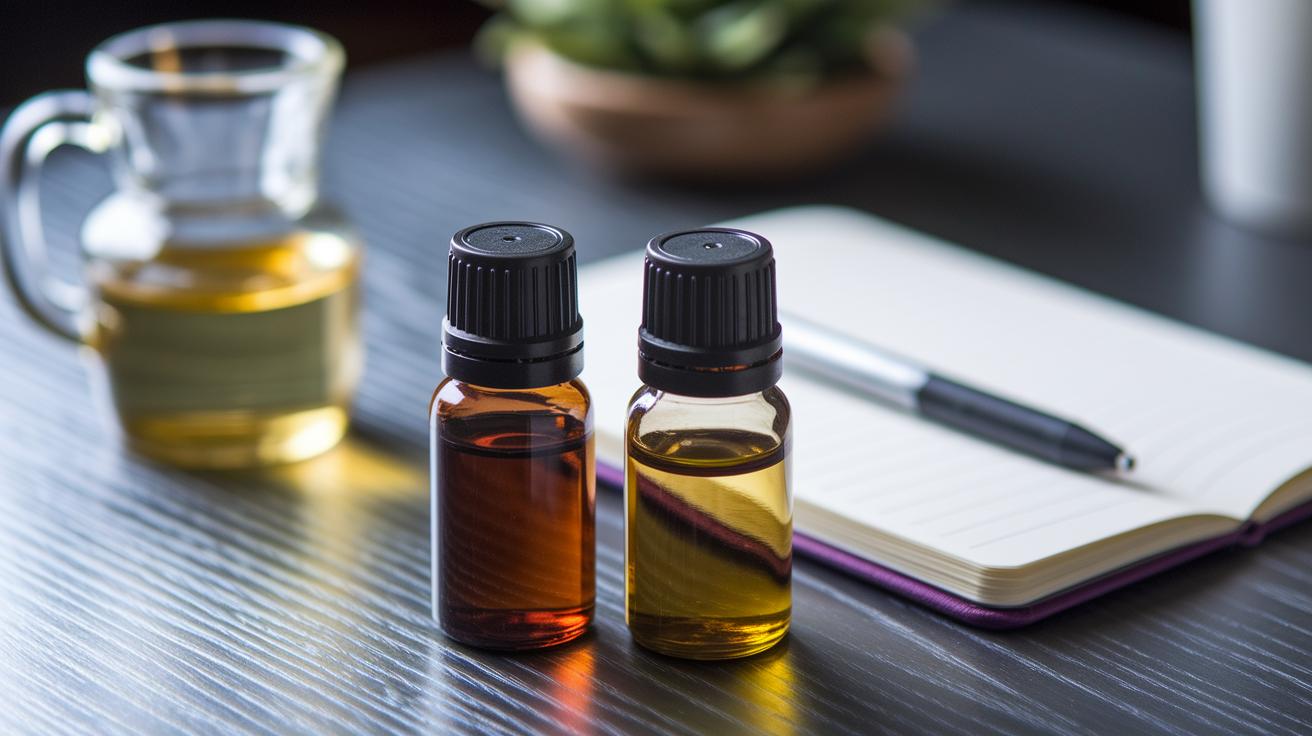
When you apply essential oils to skin, start with dilution (mixing essential oils with a milder oil to lower strength). A 3% dilution is standard for adults, about 3 drops of essential oil per 1 teaspoon of carrier oil (a plant-based oil that helps spread essential oils on skin). Facial blends need a softer 1% touch, just 1 drop per teaspoon. Have you checked the Organic Aromas Essential Oil Dilution Chart? It lays out these ratios in simple tables. Measure each drop carefully, then stir or roll the mix so it’s even before you smooth it onto wrists, temples, or the back of your neck.
| Dilution Level | Essential Oil / Carrier Oil |
|---|---|
| 1% (Faces) | 1 drop / 1 teaspoon |
| 3% (Adults) | 3 drops / 1 teaspoon |
Next, pick a carrier oil that fits your skin’s needs.
• Jojoba oil is stable and hypoallergenic, perfect for daily facial blends.
• Fractionated coconut oil absorbs fast and leaves skin soft without any greasy feel.
• Sweet almond oil brings extra nourishment for dry patches or massage routines.
Mix and match to tailor your blend.
• For a muscle rub: 3 drops of peppermint in 1 teaspoon of jojoba oil.
• For a bedtime roll-on: swap jojoba for fractionated coconut and add 3 drops of lavender oil.
Store your blends in dark glass bottles tucked away from heat and direct light. This protects delicate compounds and keeps scents pure. Aim for a cool, dry spot, your linen closet or a bedroom drawer works well.
Most mixtures stay fresh for 12-24 months. Before each use, give your bottle a quick sniff. If the aroma or color seems off, it’s time to make a new batch.
DIY Non-Toxic Aromatherapy Blends for Home and Wellness

At Organic Aromas, we believe you deserve pure, homemade blends that put you in control of every drop. No hidden chemicals. Just plant-powered goodness that brightens your mood, freshens your space, or soothes minor sniffles or bug bites.
It’s fun, budget-friendly, and totally unique every time. Have you felt how a single spritz can ripple calm through your room?
For a dreamy bedtime mist, add 4 drops of lavender (highly concentrated plant extract), 2 drops of chamomile (gentle flower oil), and 1 drop of vetiver (earthy root scent) to 2 ounces of distilled water. Shake gently and spritz your pillow or linens. Breathe in that soft murmur of calm.
Next, tackle everyday grime with a natural all-purpose cleaner. Mix 10 drops of lemon, 8 drops of tea tree, and 6 drops of eucalyptus in 8 ounces of white vinegar and water. No bleach needed. Then swirl and spray across countertops or tiles for a bright, fresh scent.
Then, roll on an easy immune booster. Blend 3 drops each of eucalyptus, tea tree, and peppermint into ½ teaspoon of fractionated coconut oil (light, odorless carrier oil). Apply to your wrists or chest. Or diffuse using this DIY Immune Boosting Essential Oil Diffuser Blend. Ah, that tiny shield of cool, minty freshness.
Keep bugs at bay with a simple repellent spray. Combine 8 drops of citronella, 6 drops of lemongrass, and 4 drops of cedarwood in 4 ounces of witch hazel (plant-distilled liquid). Mist around outdoor seating or on sun-hat brims. It’s like a natural shield against pesky bites.
For a bespoke room perfume, fill a 10-ml roller bottle with jojoba oil (nut-free carrier oil). Add 5 drops of sweet orange, 3 drops of bergamot, and 2 drops of ylang-ylang. Swirl and roll onto pulse points or spritz in the air. Carry a gentle, uplifting aroma all day.
Feel free to tweak any ratio. Add more lemon for extra zing or use less eucalyptus if your pup’s nearby. Always label your blends and keep them out of reach of curious kids or pets. Quick sniff test before each use helps you spot any spoilage or scent shift so you’re always breathing fresh, non-toxic bliss.
Final Words
We dive into how non-toxic essential oils are pure, chemical-free scents you can trust. Then we talked about key purity checks and ways to spot unclean oils.
Next, we compared phthalate risks to safe practices and covered top certifications that back healthy sourcing. We matched six top brands with price and notes, shared safe dilution, storage tips, and carrier oil picks.
Finally, we had fun with DIY blends for sleep, cleaning, immunity, bugs, and home fragrance. Here’s to happier rooms and healthier breath with non-toxic essential oils.
FAQ
What are some non-toxic essential oils?
Some non-toxic essential oils include lavender (calming), tea tree (antimicrobial), chamomile (soothing), peppermint (fresh), lemon (brightening) and eucalyptus (cleansing), all organic and free from synthetic additives.
Which non-toxic essential oils are best for diffusers?
The best non-toxic essential oils for diffusers include lavender for calm, lemon for brightness, eucalyptus for a clear mind and peppermint for a fresh lift.
Which non-toxic essential oils are safe for pets?
The non-toxic essential oils safe for pets include lavender, frankincense, chamomile and cedarwood when used in very low dilution and never applied directly on fur or skin.
Which non-toxic essential oils can I use for skin?
The non-toxic essential oils skin-safe options include lavender for soothing, chamomile for gentle care, rosehip for nourishment and frankincense for renewal when diluted with jojoba or fractionated coconut oil.
Which non-toxic essential oils work for laundry?
The non-toxic essential oils ideal for laundry include lemon for fresh scent, eucalyptus for natural cleaning power and lavender for a calming aroma when added to your detergent or dryer ball.
How do I know if an essential oil is non-toxic?
The way to know if an essential oil is non-toxic is by checking for organic certification, a clean GC-MS report, full botanical names and no added synthetics on the label.
Are there organic essential oils?
The term organic essential oils refers to oils made from plants grown without synthetic pesticides, fertilizers or GMOs and certified by bodies like USDA Organic or Soil Association.
What non-toxic essential oil brands should I look for?
The top non-toxic essential oil brands include Organic Aromas, Plant Therapy, Neal’s Yard Remedies, Jade Bloom, Aromatherapy Associates and eResonance, all offering organic certification and batch-specific GC-MS reports.
Where can I find non-toxic essential oils near me?
The best places to find non-toxic essential oils near you are health food stores, local apothecaries and farmer’s markets, or you can order from certified online retailers with clear purity reports.
Where can I find community reviews on non-toxic essential oils?
The easiest way to find community reviews on non-toxic essential oils is by visiting Reddit forums like r/essentialoils or r/aromatherapy and scanning threads for user experiences and product feedback.

